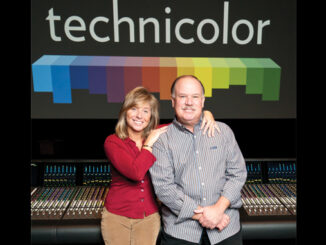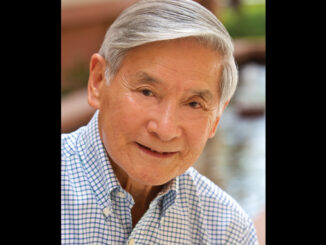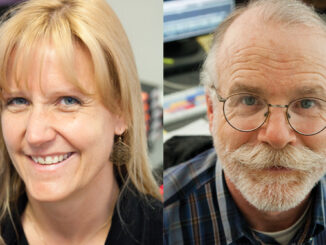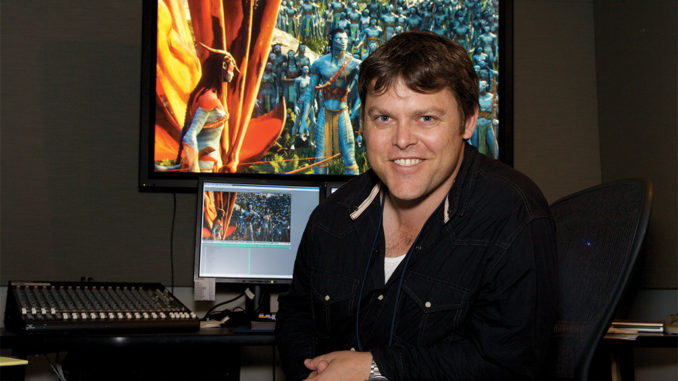
by Michael Kunkes
When first assistant editor Jason Gaudio joined Avatar’s editorial staff in October 2006, he was no stranger to visual effects-laden films, having been an assistant visual effects editor on Cameron’s Titanic (1997) and Michael Bay’s Armageddon (1998). As a first assistant, his credits later included Brad Silberling’s Lemony Snicket’s A Series of Unfortunate Events (2004) and Gil Kenan’s Monster House (2006), which provided Gaudio with an early education in the evolving world of performance capture.
Gaudio is the epitome of the digital-age picture assistant. Asked about his duties on Avatar and how they relate to traditional assistant roles, Gaudio just shrugs and rattles off a list. He created and managed dailies workflows for motion capture, live action and simulcam sequences (live-action foreground with motion-builder backgrounds); handed off visual effects turnovers to external vendors, as well as to the in-house effects facility, the Lab; created FileMaker Pro databases for visual effects count sheets, code book, scan sheets and scene tracking; created camera load lists; and managed 2-D and 3-D screenings. “Anything that doesn’t sound familiar is probably a new experience for an assistant,” he says. “Avatar is that kind of project.” Gaudio found some time to talk to CineMontage about his work on Avatar.
CineMontage: How many Avid Media Composers were involved and how was storage set up?
Jason Gaudio: During production, we had as many as 19 Avid Symphonies and Adrenalines and two Avid Isis systems, one 40 tb and the other 24 tb. Our main editing room was in Malibu, which could accommodate three editors and up to seven assistants. During virtual production, we also maintained a “stage” cutting room with Adrenalines for three editors and as many as nine assistants in Playa del Rey. At our busiest, we had two capture stages and one live-action stage shooting with assistants digitizing and editors cutting in unison. During live-action production, we maintained editing rooms in both New Zealand and Los Angeles. Jim was editing in New Zealand, while John and Steve stayed in LA.
CM: How was data moved between facilities?
JG: Both Isis systems––the primary in Malibu and the secondary at the stage––were being remotely backed up to hard drives at Jim’s offices at Lightstorm Entertainment in Santa Monica. Since the stage didn’t have the same capacity as the editing room, we had to manually manage the media to make sure the stage always had what it needed for active scenes. And each time a sequence was cut in Malibu, it had to be sent to the stage to be re-linked and rendered.
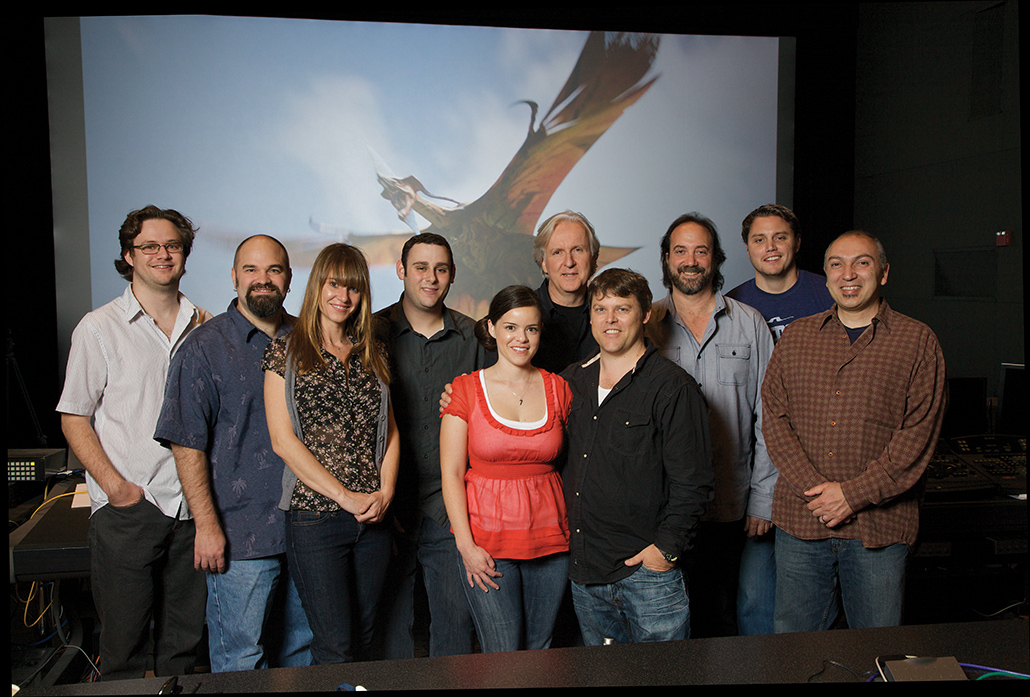
CM: How was the performance-capture stage set up for on-set editing?
JG: For performance capture, there were two assistant Adrenalines and one editor Adrenaline. One of the assistant Avids was used to capture reference from multiple reference cameras, the other to capture the live motion-builder stream. The live-action stage had an editor and assistant Adrenaline used to capture either the simulcam or the live-action stream.
CM: What was your role in the 3-D process?
JG: The interocular and convergence was set for the CG and live-action dailies during production. This meant that our dailies sequences, reels and visual effects reviews were all prepared with both a left and a right eye. All sequences required twice the media and sync to be checked between the left and right eye, in addition to the traditional audio sync.
CM: What other assistants on Avatar would you like to credit?
JG: Avatar was the kind of film where the whole editorial team had to pull together to survive. Because of the complexity of the workflows and general demands of the show, the staff worked in pairs to create stability. That way, there was always more than one person who could tackle any given task in case the workload got to be too much.
The two all-around assistants were Claudia Huerta and Justin Shaw. They were the cement that kept us organized and in sync. Craig Tanner and Chris Marino were the visual effects editors. They did an amazing job turning over complex motion-capture counts to all vendors. Roxanne Dorman and William Paley were assistant visual effects editors. They were the effects support team and had the tenacity to make sure all of the details were accounted for. Kristen Young and Dawn Marquett were brought on to help with dailies. They both did an amazing job getting up to speed quickly in the middle of production and helping out wherever needed. Noah Katz made sure sound was logged and captured properly. He was essential in keeping the lines of communication open between picture and sound editorial.
Teamwork is what got us through this three-year project, and I’m very proud to have been a part of it.
A longtime contributor to Editors Guild Magazine (the predecessor to CineMontage) and the Guild’s website, Michael Kunkes was a freelance writer and editor specializing in post-production, production and and animation. He passed away in March 2010.



